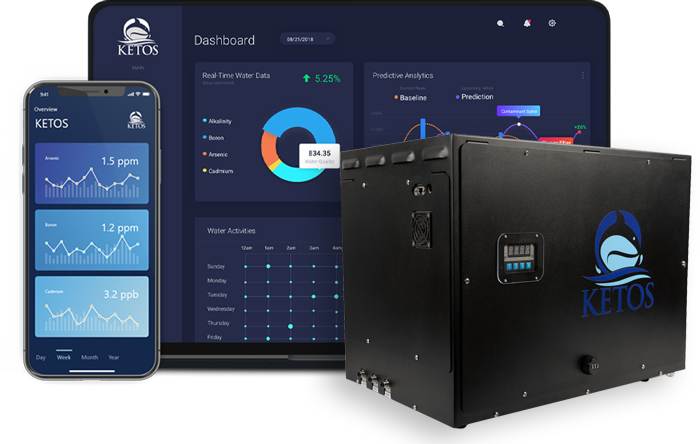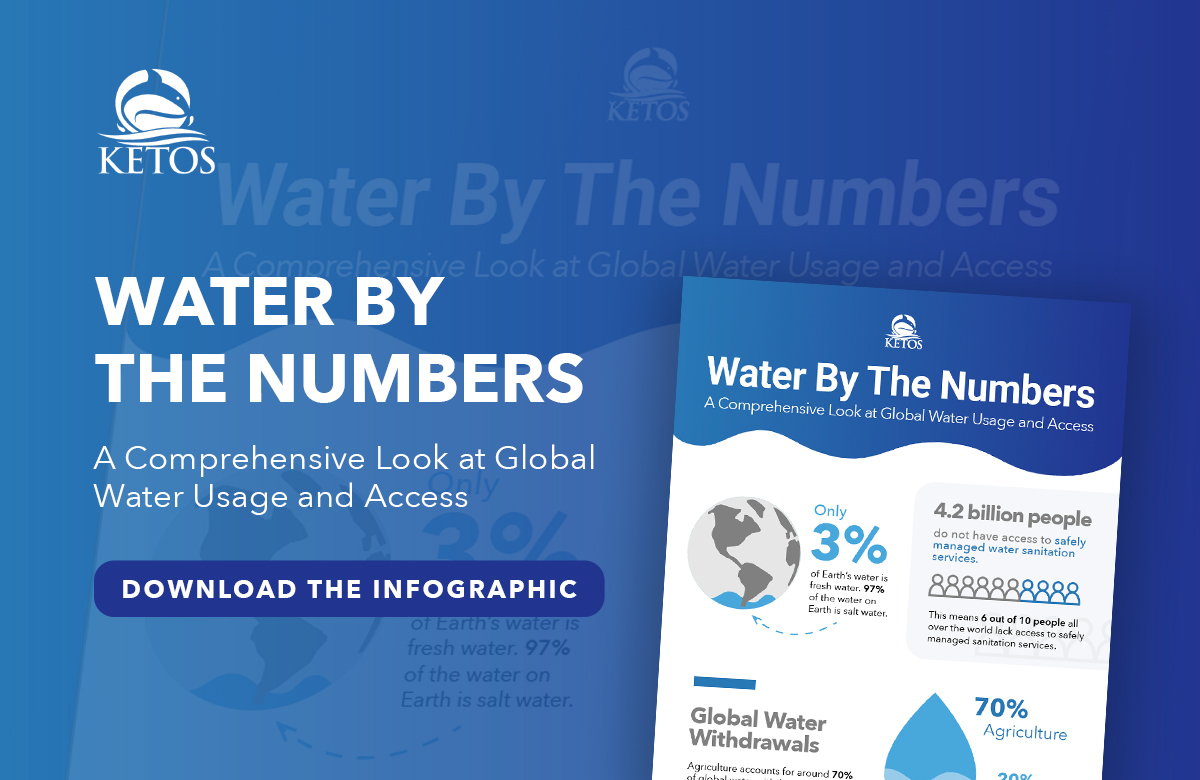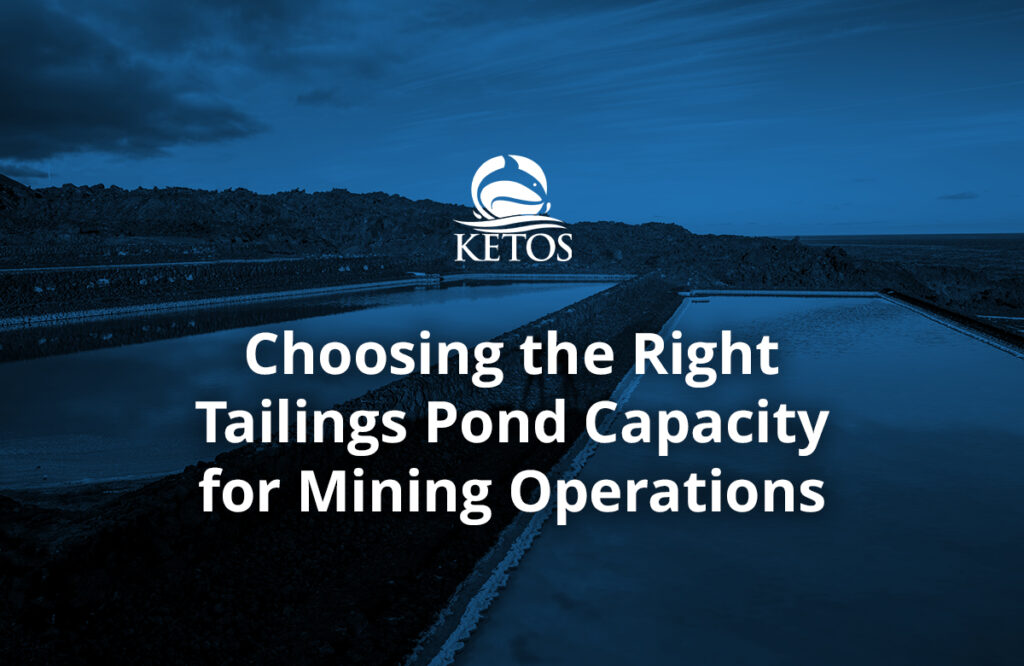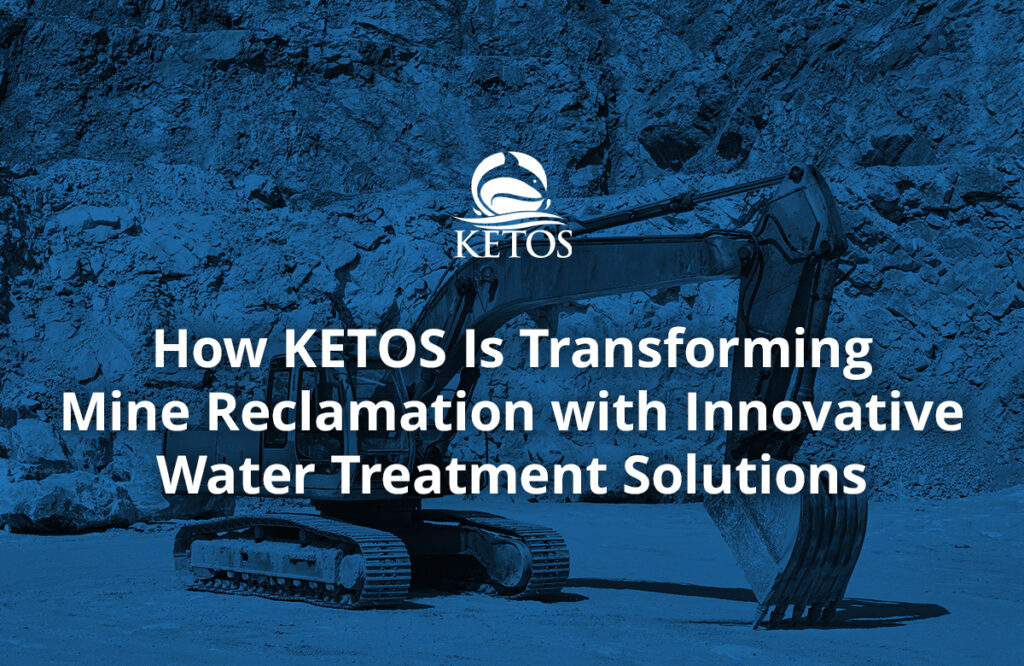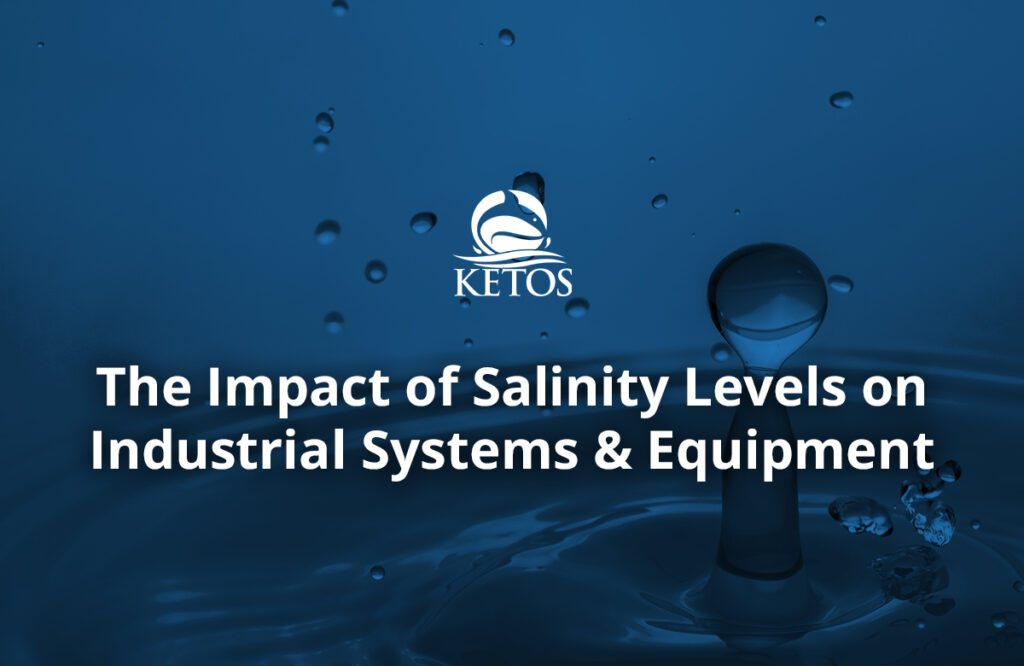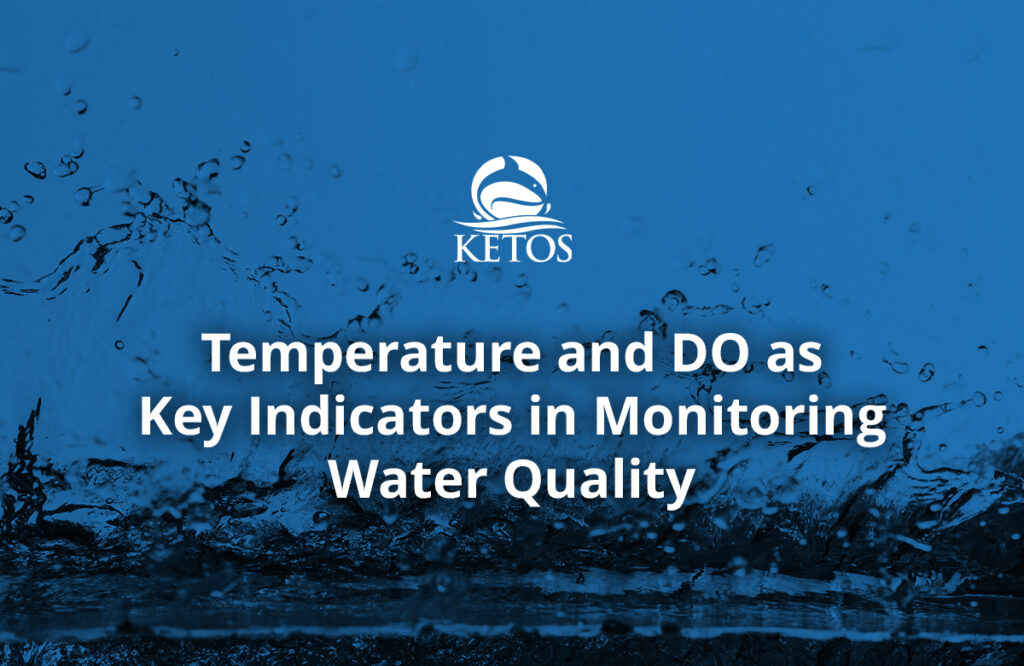While water covers approximately 71% of the Earth’s surface, only 3% of this vast resource is freshwater. The remaining 97% is saltwater, rendering it unsuitable for human consumption and most industrial purposes. Freshwater, therefore, is a precious and limited resource that sustains life and fuels economic growth. However, historically, economic-driven incentives and our general misunderstanding of water availability have led to widespread mismanagement, waste, and contamination. To this day, unsustainable water usage runs the risk of rendering communities vulnerable to contamination and overextension of local water supplies.
While we’re getting better at managing water, it’s a slow process. Our latest infographic delves into the statistics behind usage to put water into perspective. Download the infographic and read on for a breakdown of water by the numbers.
Sanitation is an Issue
Access to clean water and acceptable levels of sanitation is a fundamental human right – and yet, shockingly, a significant portion of the global population continues to lack access to the most basic water sanitation services. As per the World Health Organization (WHO) and UNICEF, approximately 4.2 billion people are without safe sanitation services, 2.2 billion do not have safe drinking water, and 3 billion lack basic handwashing facilities.
These alarming statistics highlight the urgent global need for solutions that ensure clean water access and adequate sanitation facilities.
Global Water Withdrawals
While water is necessary across business operations, no matter the vertical, some industries account for the lion’s share of global water withdrawals. For example:
- The largest consumer of water is agriculture, which accounts for approximately 70% of global withdrawals
- As of 2020, the textile industry averages 79 trillion liters of water annually
- The energy sector alone consumes approximately 52 billion cubic meters of freshwater annually to fuel global energy production
- Approximately 17%of global water withdrawals is for industrial purposes
It’s not just the industry that is constantly thirsty. Domestic water usage, encompassing household consumption, is also notable in overall water withdrawals. In fact, the average American family can use up to 300 gallons of water a day.
Healthy Water Keeps Us Safe
While Western countries don’t often think about the water they consume, waterborne diseases significantly threaten public health globally. According to the WHO, water-related illnesses are, in fact, responsible for a substantial amount of disease worldwide. For example, approximately 1.5 million people lose their lives each year due to water-related causes, including:
- inadequate sanitation
- contaminated water sources
- poor hygiene practices.
Common water-related illnesses include:
- diarrhea
- cholera
- typhoid fever
- gastrointestinal infections
Contaminated water sources and inadequate sanitation facilities contribute to the transmission of these diseases, particularly in developing regions. Access to clean water and effective water treatment technologies are essential for preventing the spread of waterborne illnesses and safeguarding human health.
Water Scarcity is a Real Concern
Water scarcity affects approximately 40% of the world’s population. As populations grow, urbanization spreads, and industrial development escalates, water scarcity is expected to rise. Climate change further exacerbates this issue, leading to irregular rainfall patterns, longer periods of drought, and dwindling water supplies in many regions.
Rapid population growth increases water demand and drives the need for water to match the growing needs of agriculture, industry, and domestic use. However, water is finite, and the continued expansion of economic and household needs is outpacing existing resources. Without sustainable water management practices and innovative solutions, the number of people facing water scarcity will increase. The threat of water scarcity poses severe challenges to economic stability and ecosystem health and means that businesses and communities must find a way to conserve and adapt.
Technology Can Protect Our Water Resources
While water sustainability challenges are real and urgent, technology can play a pivotal role in conserving and protecting our precious water resources. KETOS is at the forefront of this transformative journey. Leveraging advanced IoT sensors, cloud computing, and artificial intelligence, KETOS provides comprehensive water management solutions to businesses, municipalities, and individuals alike.
KETOS’s award-winning technology enables real-time water quality monitoring, leakage detection, and data-driven insights to optimize water usage. With a water monitoring platform at their fingertips, water operators can monitor and manage water quality remotely, ensuring compliance with regulatory standards and identifying potential issues before they escalate. KETOS empowers businesses and communities to make informed decisions, enhance operational efficiency, and preserve finite water resources.
Final Thoughts
Water is a finite resource that sustains life, drives economies, and nourishes our planet. However, global water usage and accessibility paint a concerning picture. With water-related illnesses claiming lives, water scarcity looming, and inadequate sanitation facilities plaguing millions, effective water management has never been more essential.
While statistics showcase the gap between water availability and human necessity, technology has the potential to act as a bridge. With better monitoring, individuals, companies, regions, and countries can find ways to reduce usage, recycle effectively, deliver necessary services, maintain healthy communities, and safeguard our most precious resource.
